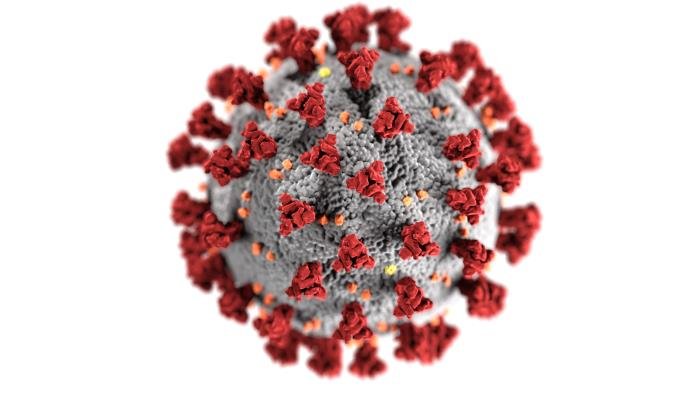COVID-19: Detection of airborne SARS-CoV-2 in Bangladeshi hospitals

“Understanding the potential for aerosol transmission is crucial to protect healthcare workers, improve the safety of healthcare facilities, and reduce the impact of the pandemic in Bangladesh and other LMICs.”
COVID-19: Detection of airborne SARS-CoV-2 in Bangladeshi hospitals
Objective
The goal of this work is to measure aerosolized SARS-CoV-2 in hospitals in Bangladesh and explore the association with characteristics related to ventilation, a potential intervention to reduce aerosol transmission.
Rationale
Why we care about this
The number of COVID-19 cases in low- and middle-income countries (LMICs) is rapidly increasing, and healthcare workers have been disproportionately affected. While transmission routes are incompletely understood, current guidance focuses mainly on preventing droplet and contact spread. We hypothesize that airborne transmission is an under-recognized route of transmission in healthcare facilities that may be contributing to excess healthcare worker infections.
Why we see the knowledge we are generating as strategic
Environmental controls, such as enhanced ventilation, can have a tremendous impact on protecting healthcare workers by decreasing the amount of infectious virus present. Minimizing airborne virus through low-cost ventilation measures could be an effective strategy for reducing healthcare worker transmission. Thus, a more complete understanding of SARS-CoV-2 airborne transmission is imperative for developing policies and practices that adequately protect healthcare workers.
What stage on the Stairway of Research contribution to problem solving
Stage 2 – Explicate the causal paths that generates the problem
Project dates
June 2020 – ongoing
Stage of work
What has been accomplished so far within the project
We have developed a strategy to measure airborne SARS-CoV-2 and quantify the amount of virus present using PCR.
What are we focusing on now
We are in the process of sample collection from hospitals in Bangladesh.
People
Primary Contact: Ashley Styczynski
Stanford University
. Steve Luby, Professor of Medicine
. Jason Andrews, Associate Professor of Infectious Diseases and Geographic Medicine
. Ashley Styczynski, Infectious Disease Fellow
. Renu Verma, Postdoctoral Scholar
. Chris LeBoa, Research Assistant
. Auddithio Nag, Undergraduate
. Caitlin Hemlock, Doctoral Candidate
. Badrul Amin, Assistant Scientist
. Dostogir Harun, Project Research Manager
Funding
N/A